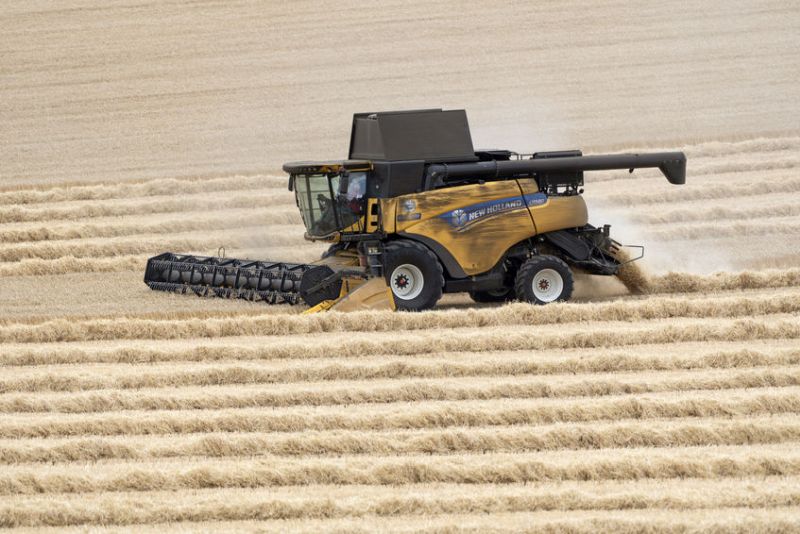
The NFU has launched its 2021 harvest survey in order to assess the impact of another year of volatility on arable crops.
The union is urging arable farmers to complete the survey following another 'season of extremes'.
The survey hopes to produce reliable production statistics to demonstrate the land-efficient way in which the UK produces crops.
It also looks into the variations across the regions and soils – something that isn’t really a factor for the UK's competitors in continental climates.
NFU combinable crops board chairman, Matt Culley said the survey helped policy makers to understand the impact of their decisions on the ground.
"Good planting conditions turned into a late winter with later frosts, before moving into blistering heat and then a deluge of wet weather – which we have hopefully now seen the back of," he said.
"With so much change and so much uncertainty, this survey really does help to set the tone for these important discussions."
In addition, knowing what is on farm is helpful for the NFU following last year’s decision by the grain trade to move away from on-farm sampling.
Mr Culley added: "This does also give me an opportunity to remind members of the importance of correct and accurate sampling on farm, providing a robust picture of the quality and quantity of grain you have."
How do I get involved?
Growers can get involved by taking the survey online or by filling in the paper form found in the September issue of British Farmer and Grower magazine.
The survey will close on Sunday 26 September and all responses will be treated in strictest confidence.
Farmers are urged not fill in the survey unless harvest is complete. If it is not complete by the deadline, then average yield realised on the area harvested to date is sufficient.
All figures must be in metric units, (tonnes and hectares). To convert to hectares, multiply the area in acres by 0.405.
